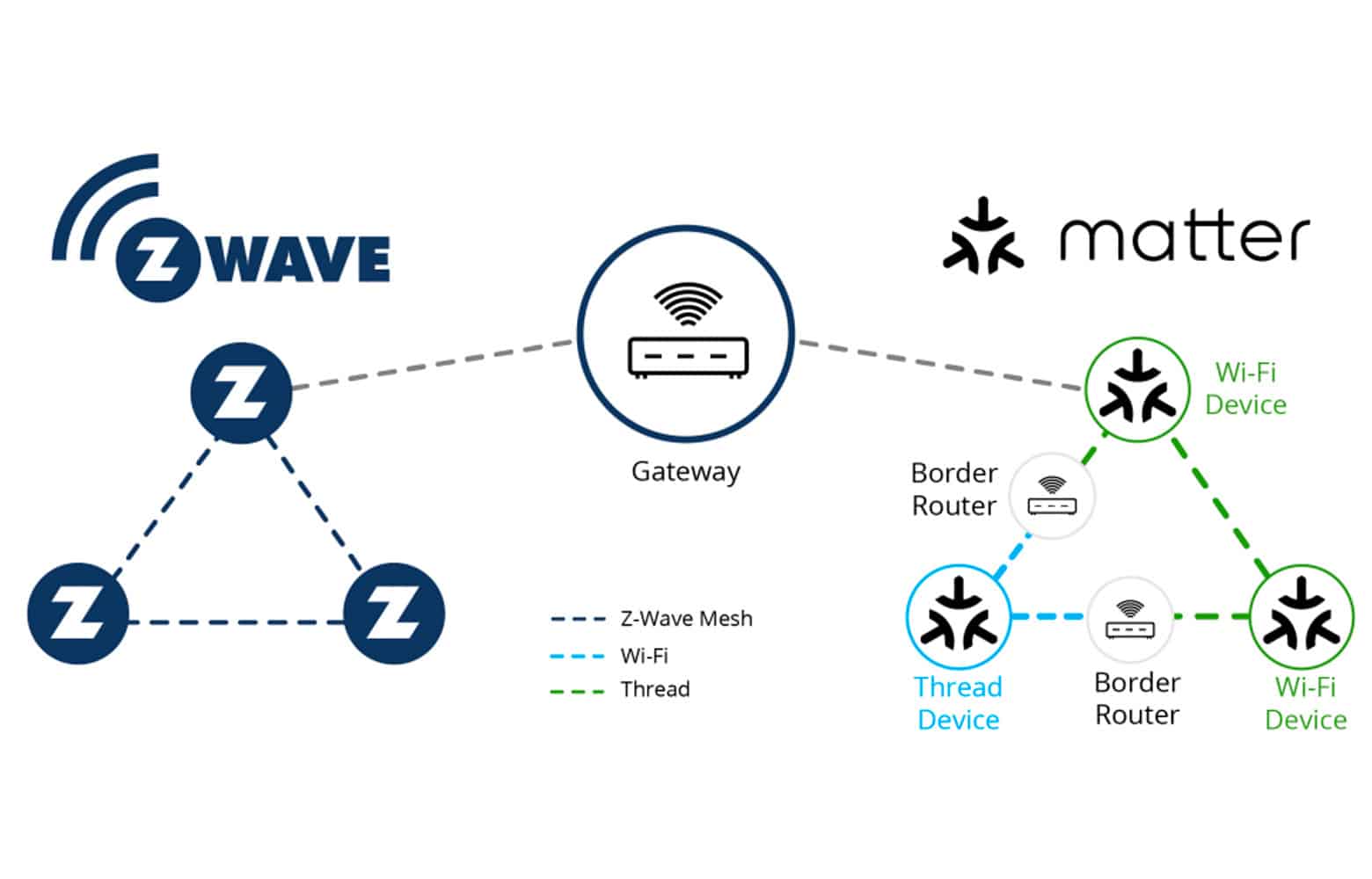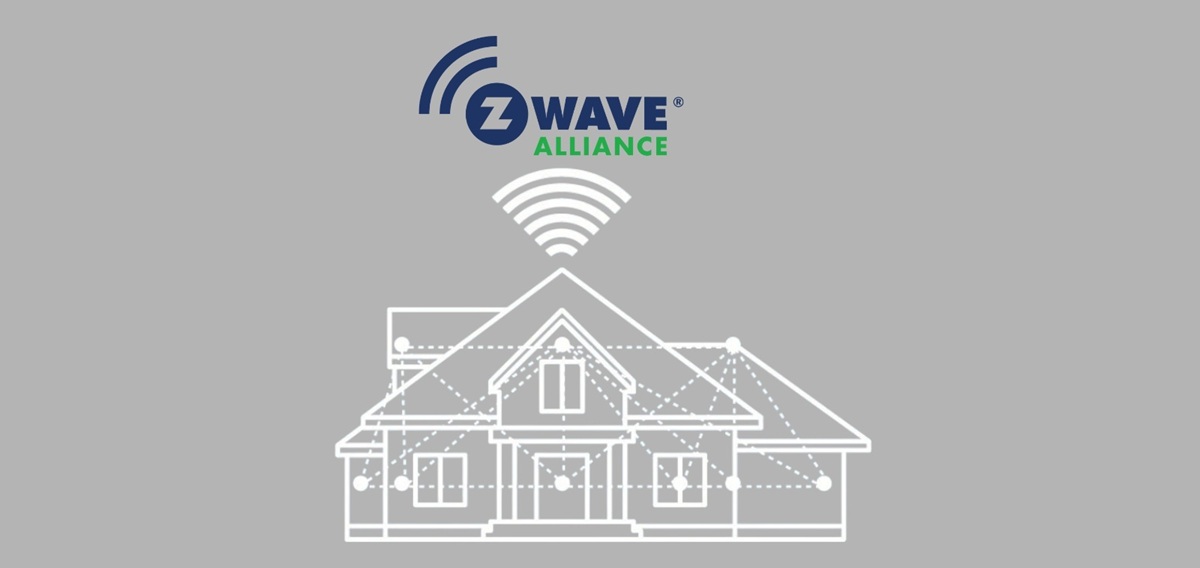Why do we need a new standard? We already have so many to choose from! As the cartoon says, we have so many that we need to create a new standard that standardizes all these standards. And so it goes. But this time we’re confident that a new standard will actually enable the interoperability and compatibility so necessary to drive consumer acceptance of the smart home and the countless devices that make a home smart.
Yes, this time I believe we are on to something.
This year is a turning point for the smart home — a recent Deloitte survey found that each US household now has about 25 connected devices and 66% have smart home devices. Despite this growth, consumer awareness of compatibility between brands and devices across wireless technologies remains a challenge. Imagine the growth of smart home once this challenge has been adequately addressed – and promoted by the large, influential ecosystems of Google, Amazon, Apple and others.
So why will it work this time around? When one adds the influence of these big three tech giants and adds in hundreds of other influential companies – and they all agree to agree, we have a new “standard” that matters. Actually, Matter matters and is the very platform that can deliver on the promise of interoperability.
I won’t get into the details on this new development – there is much written about it already. So for brevity, the Matter initiative (formerly referred to as project connected home over IP, or CHIP), brought forth by the Connectivity Standards Alliance, aims to unify device communication so that connected devices will work together, across both wireless technologies and smart home ecosystems.

So why does this Matter to Z-Wave? Well, the Z-Wave Alliance has been driving this mission, developing and progressing the Z-Wave protocol as building blocks from the network layer through the application layer for 20+ years; it’s nice to have more horsepower helping to drive interoperability to reality.
Interoperability has always been at the core of the Z-Wave protocol, alongside critical features like backwards compatibility, security, and reliability. Z-Wave’s utilization of the Sub-GHz range coupled with the fact the majority of the other protocols opted to perform at higher frequency ranges is one of the clearest ways Z-Wave can help balance out a smart home network.

In order for the Matter promise of industry wide interoperability to happen, the hundreds of millions of existing devices, installations and large ecosystems must be included and continue to function as well as grow; ignoring this fact would only serve to alienate, frustrate and likely turn away customers. This promise of interoperability can only happen with the inclusion of the millions of already-existing Z-Wave and other devices. We may see demand driven by Matter, but interoperability, as well as forwards and backwards compatibility has been the mission of Z-Wave and part of our vision since its inception way back in 1999.
Matter’s interoperability mission benefits from Z-Wave’s large, mature ecosystem of deployed devices and technical benefits and features. Z-Wave benefits from the momentum and forward movement for achieving interoperability that Matter brings. It’s win-win.
A rising tide lifts all ships. Matter is about technology across systems and without those already deployed building blocks, the smart home cannot succeed. The Z-Wave Alliance sees Matter as a benefit to the marketplace and we have exciting things coming to Z-Wave this year both in new generation silicon and hardware security and bridging and software building blocks. For the smart home to continue to flourish, the industry needs robust product ecosystems and protocols that are capable of working side by side within residential or commercial buildings.
That’s the Matter with Z-Wave.


